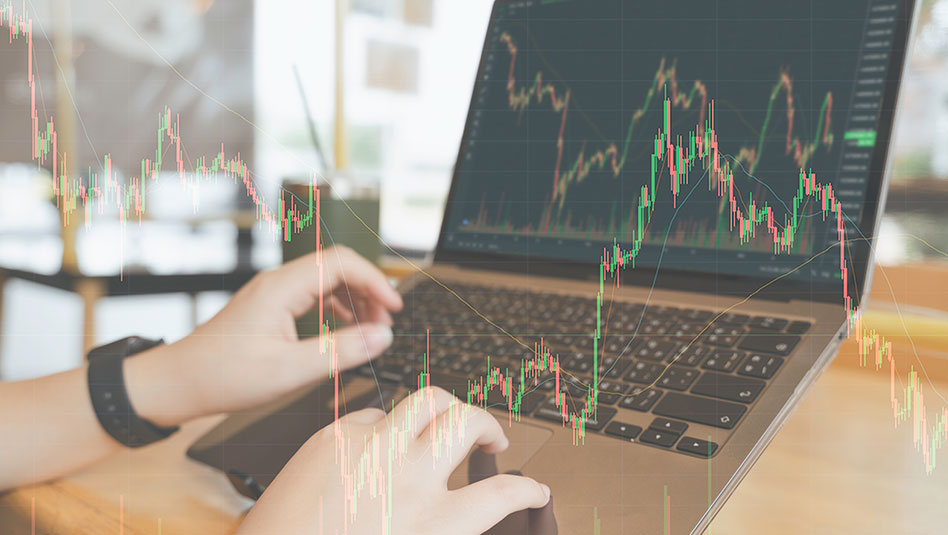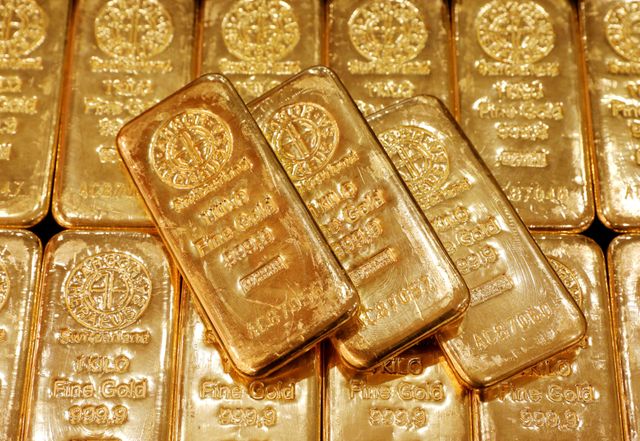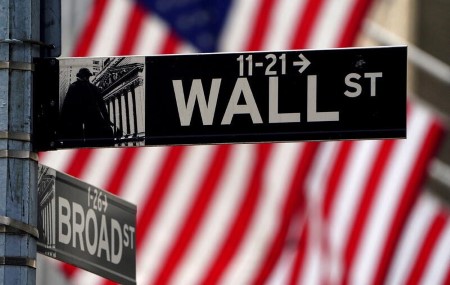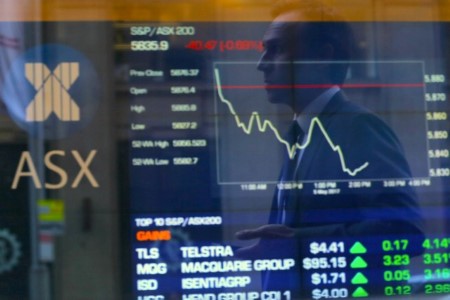WASHINGTON, May 13 (Reuters) – US President Joe Biden said on Friday a first summit in Washington with leaders from the Association of Southeast Asian Nations (ASEAN) marked the launch of a “new era” in the relationship between the United States and the 10-nation bloc.
Addressing the second day of a two-day meeting, Biden said “a great deal of history of our world in the next 50 years is going to be written in the ASEAN countries, and our relationship with you is the future, in the coming years and decades.”
The summit marks the first time that ASEAN leaders gathered as a group in Washington and their first meeting hosted by a US president since 2016.
The Biden administration hopes the effort will show that Washington remains focused on the Indo-Pacific and the long-term challenge of China, which it views as its main competitor, despite the crisis in Ukraine.
“We’re launching a new era – a new era – in US-ASEAN relations,” Biden said.
Earlier, US Vice President Kamala Harris told ASEAN leaders the United States would remain in the region for generations and stressed the need to maintain freedom of the seas, which Washington says is challenged by China.
“The United States and ASEAN have shared a vision for this region, and together we will guard against threats to international rules and norms,” she said.
Neither she nor Biden mentioned China, which Washington accuses of using coercion against its neighbors, by name.
“We stand with our allies and partners in defending the maritime rules-based order, which includes freedom of navigation and international law,” Harris said.
Harris said the United States would continue to respond with ASEAN to the threat of COVID-19, having already donated more than 115 million vaccines to the region.
“As long as COVID is present in any one country, it affects us all,” she said. She also said the United States and ASEAN needed to show collective ambition on the climate issue, accelerate the transition to clean energy, and meet infrastructure needs in a sustainable matter.
ASEAN groups Brunei, Cambodia, Indonesia, Laos, Malaysia, Myanmar, the Philippines, Singapore, Thailand and Vietnam, though Myanmar’s leader was excluded from the summit over a coup last year and US treaty ally the Philippines is in transition after an election and is represented by its foreign minister.
Biden opened the meeting on Thursday by hosting a dinner for the leaders at the White House, and his administration promised $150 million to help improve infrastructure, security, pandemic preparedness and on other projects in ASEAN.
However, US spending pales in comparison to that of China, which in November alone pledged $1.5 billion in development assistance for ASEAN over three years to fight COVID and fuel economic recovery, and US officials concede Washington needs to step up its game.
On Friday Biden announced he was nominating a new ambassador to ASEAN, Yohannes Abraham, currently chief of staff on his National Security Council, to fill a post vacant since the start of the Trump administration in 2017.
New US commitments will include deployment of a US Coast Guard vessel to the region to help counter what Washington and regional countries have described as China’s illegal fishing.
Biden is working on more initiatives, including “Build Back Better World” infrastructure investment and an Indo-Pacific Economic Framework (IPEF). But neither is finalized.
Russia’s invasion of Ukraine will be on the agenda with ASEAN, with the United States hoping to persuade ASEAN countries to do more to push back against Moscow.
CONCERN OVER CHINA
ASEAN countries share many of Washington’s concerns about Chinese assertiveness, including Beijing’s claim of sovereignty over vast swathes of the South China Sea where Vietnam, the Philippines, Brunei and Malaysia have rival claims.
But they also remain cautious about siding more firmly with Washington, given their predominant economic ties with Beijing and limited US economic incentives.
They have also been frustrated by a US delay in detailing plans for economic engagement since former President Donald Trump quit a regional trade pact in 2017.
At a virtual summit with ASEAN last October, Biden said Washington would start talks about developing what has since been dubbed IPEF to engage more with the Indo-Pacific economically.
However, analysts and diplomats say only two of the 10 ASEAN countries – Singapore and the Philippines – are expected to be among the initial group to sign up for negotiations under IPEF, which does not currently offer the expanded market access Asian nations crave given Biden’s concern for American jobs.
Malaysian Prime Minister Ismail Sabri Yaakob said on Thursday Washington should adopt a more “active” trade and investment agenda with ASEAN.
(Reporting by Jeff Mason, David Brunnstrom, Michael Martina, Steve Holland, Trevor Hunnicutt, and Simon Lewis; Editing by Angus MacSwan, Nick Zieminski and Daniel Wallis)







 DOWNLOAD
DOWNLOAD






